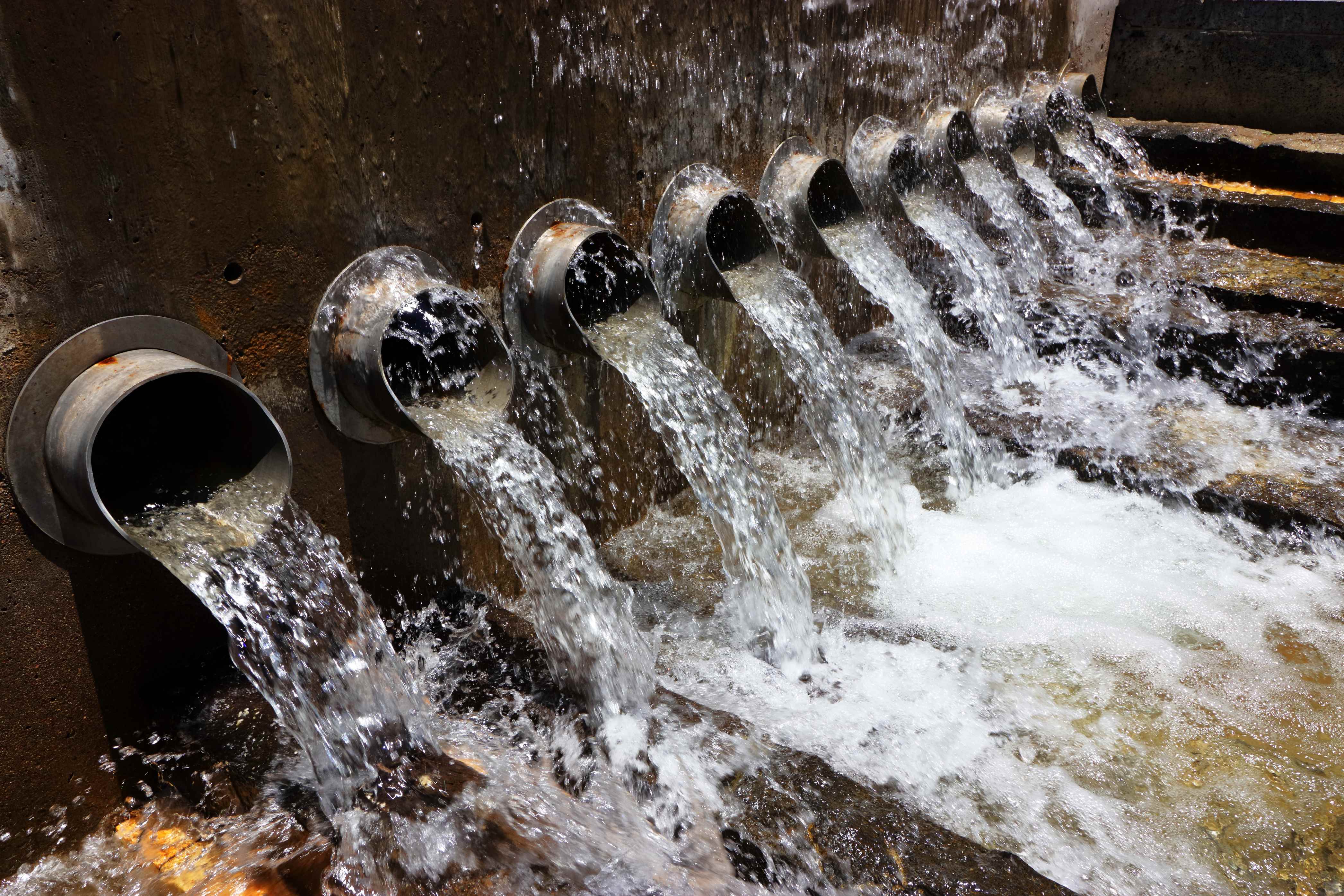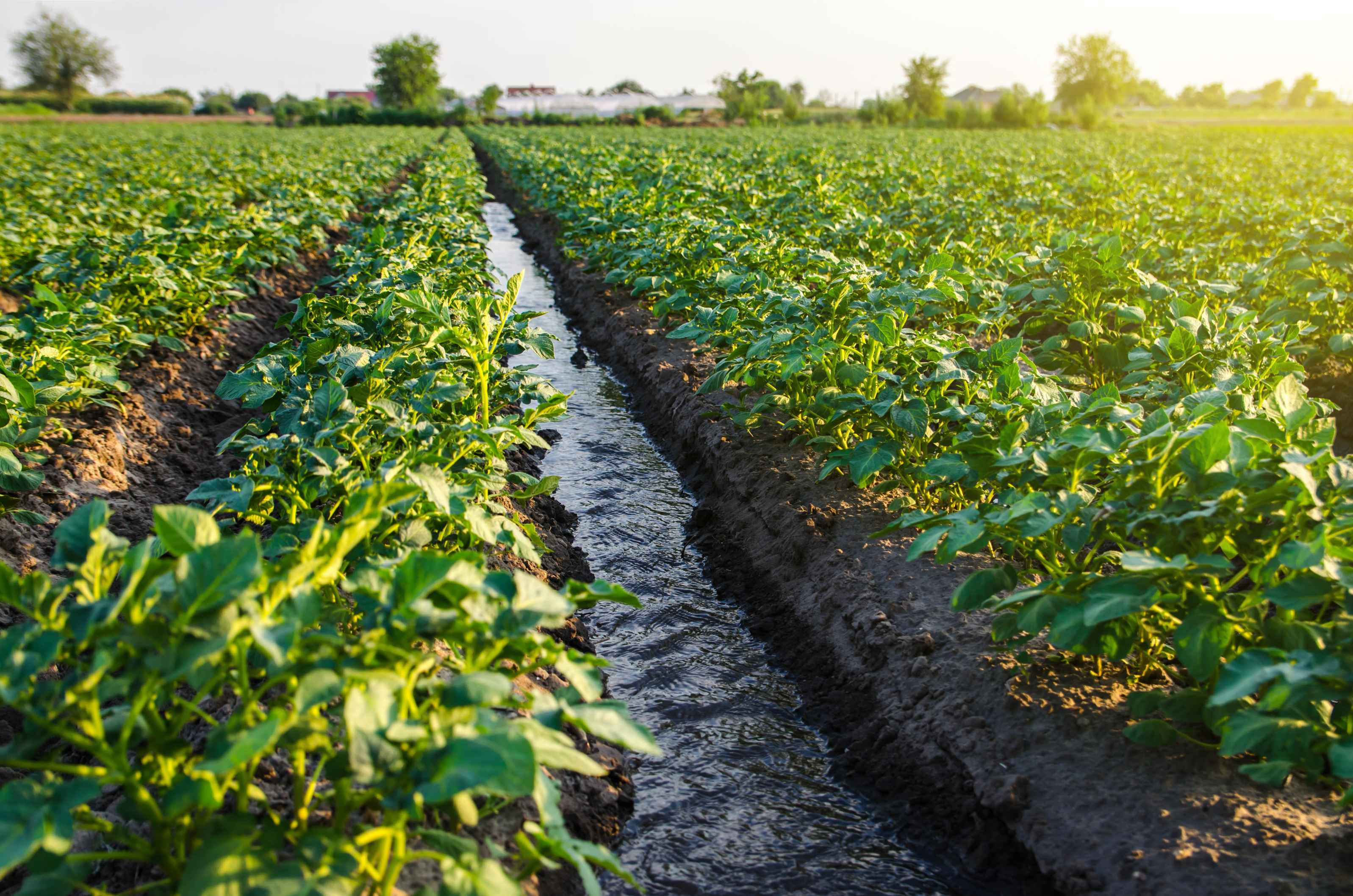
While wastewater composition can vary widely by region, some commonly found contaminants are:
- Pathogens such as bacteria, viruses, prions, and parasitic worms
- Organic particles such as feces, hairs, food, vomit, paper fibers, and plant materials
- Inorganic particles such as sand, grit, metal particles, and ceramics
- Soluble inorganic materials such as heavy metal salts, ammonia, bleach, phosphates, road salt, sea salt, cyanide, hydrogen sulfide, thiocyanates, and thiosulfates
- Biologicals such as protozoa, insects, arthropods, and small fish
- Macro-solids such as sanitary napkins, diapers, condoms, needles, or children's toys
- Gasses such as hydrogen sulfide, carbon dioxide, and methane
- Emulsions such as cooking oils/greases, paints, adhesives, mayonnaise, hair colorants, etc.
- Toxins such as pesticides, poisons, herbicides, etc.
- Pharmaceuticals (drugs and antibiotics), hormones and other hazardous substances
Understandably, these constituents put tremendous loads on our current wastewater and water treatment facilities.
Around 90% of wastewater produced globally remains untreated, causing widespread water pollution, especially in low-income countries. The vast majority of the agricultural products consumed in the United States come from these low-income countries. Because agriculture has to compete for increasingly scarce water resources with industry and municipal users in these areas, there is often no alternative for farmers but to use water polluted with urban waste directly to water their crops.
The health risks of polluted irrigation water
There can be significant health hazards related to using untreated wastewater in agriculture.
Wastewater from cities can contain a mixture of chemical and biological pollutants. In low-income countries, there are often high levels of pathogens from excreta, while in emerging nations, where industrial development is outpacing environmental regulation, there are increasing risks from inorganic and organic chemicals.
Current Water Treatment Methods
Wastewater and water treatment technologies that are currently available are well known and applied in a variety of ways; the two main water treatment methods are biological and chemical. Biological treatment methods include aerobic and anaerobic; whereas chemical treatment methods include pH control, floatation, coagulation, adsorption and absorption, and membrane filtration.

Not surprisingly, each of these processes has their own limitations, advantages and disadvantages. The informed consensus is that a combination of methods needs to be used to meet discharge standards; - and that activated carbon absorption and Reverse Osmosis (RO) seem to be the best solutions. No coincidence these two methods are the top two in expense and upkeep.
Technologies for potable water treatment are well developed, and generalized designs are available that are used by many water utilities (public or private). In addition, a number of private companies provide patented technological solutions. Automation of water and waste-water treatment is common in the developed world. High Capital costs, increasing operating costs, the availability of quality monitoring technologies and locally available skills typically dictate the level of automation adopted.
Industrial Wastewater and Water Treatment Methods
Two of the main processes of industrial water treatment are boiler water treatment and cooling water treatment. A lack of proper water treatment can lead to the reaction of solids and bacteria within pipework and boiler housing. Steam boilers can suffer from scale or corrosion when left untreated. Scale deposits can lead to weak and dangerous machinery issues, while additional fuel is required to heat the same level of water because of the rise in thermal resistance/fouling.

